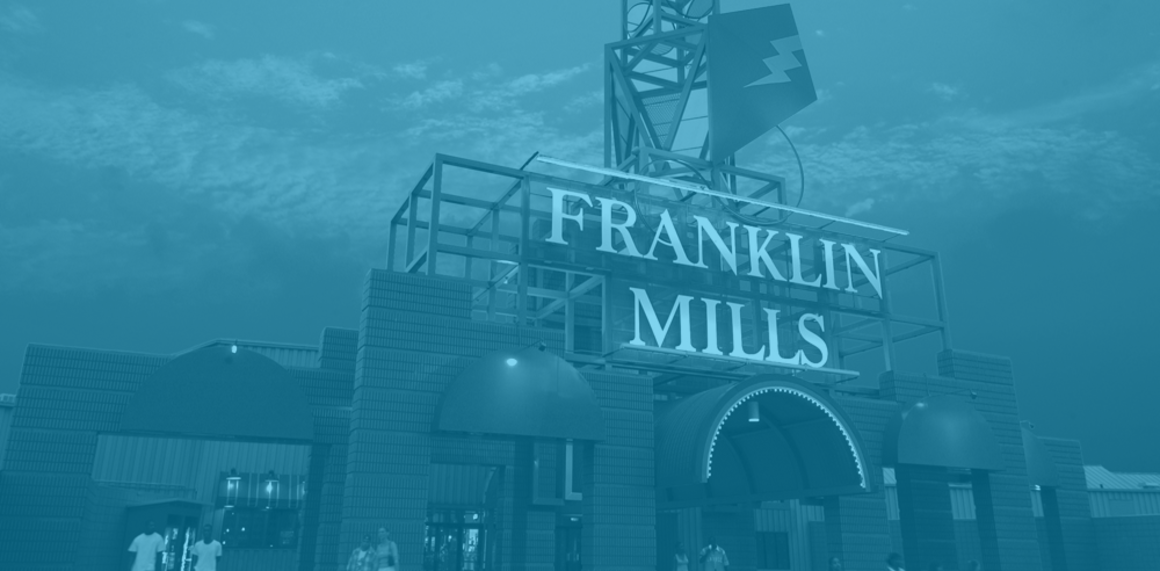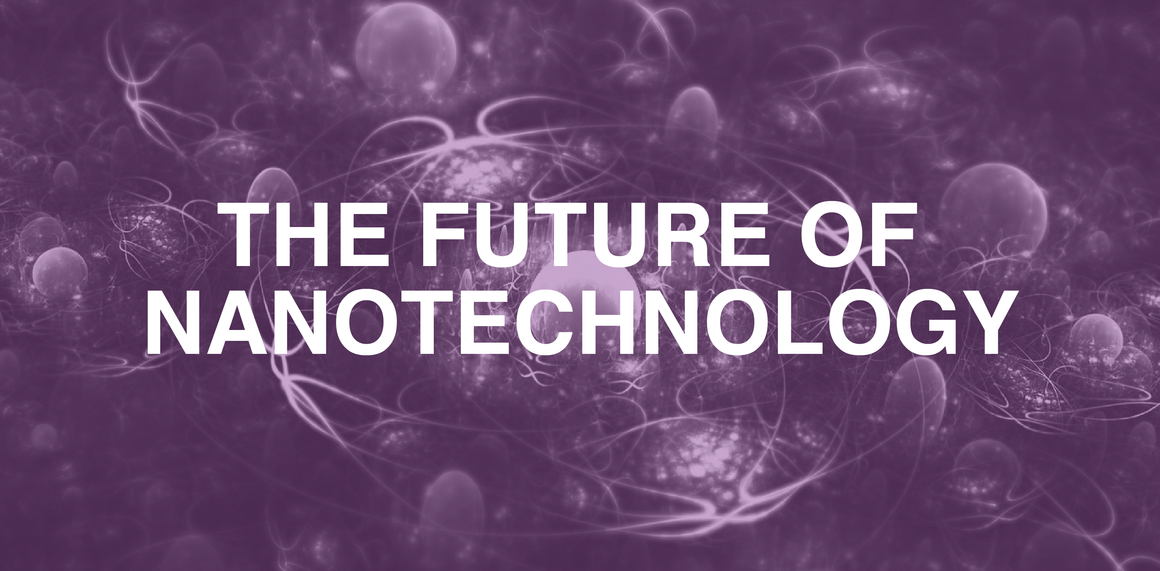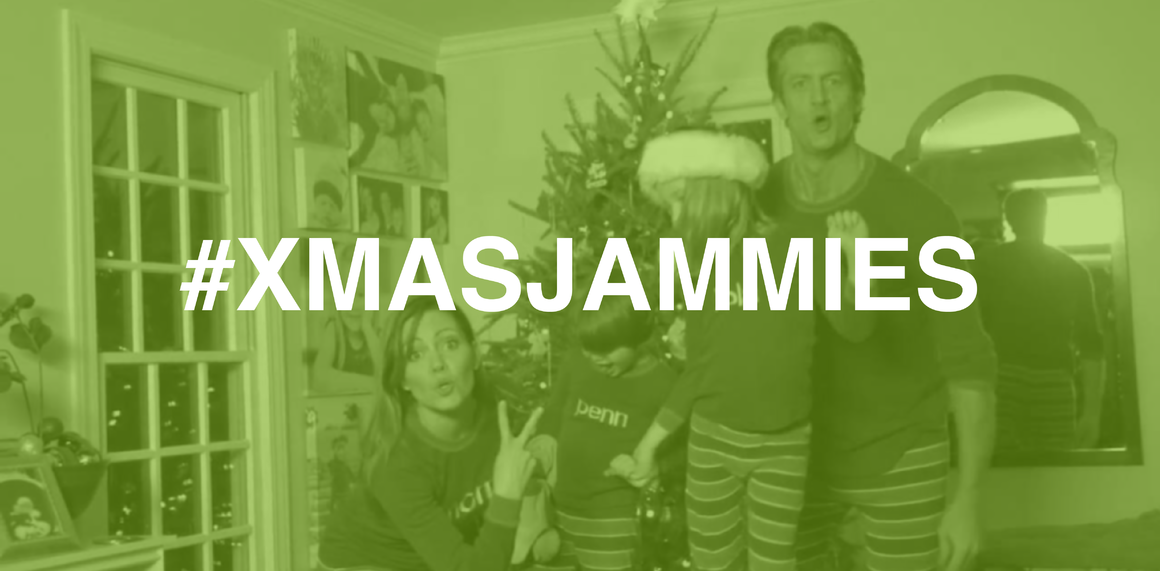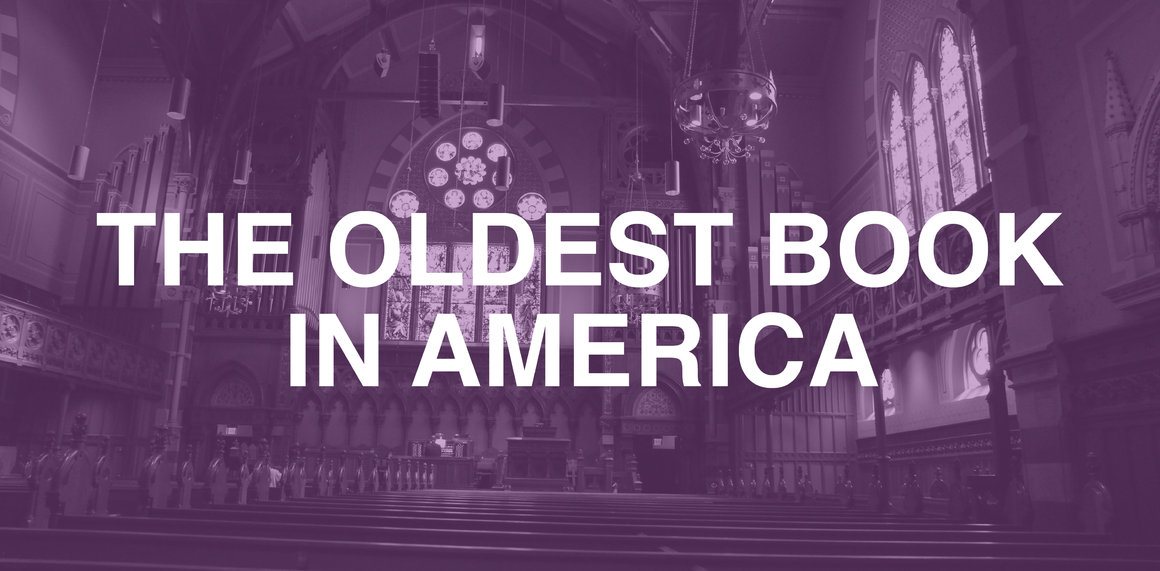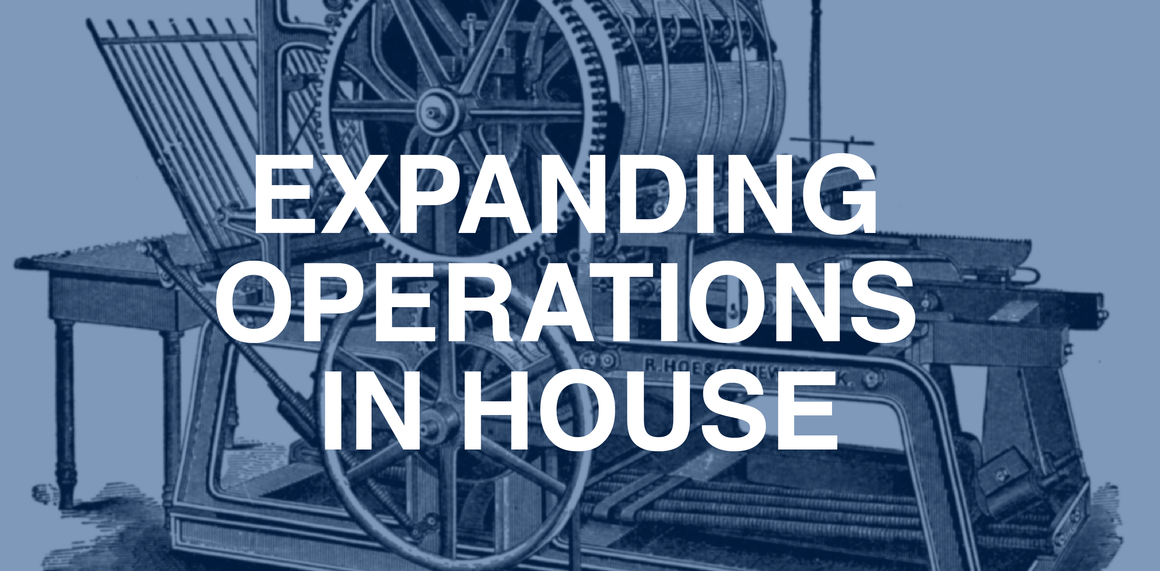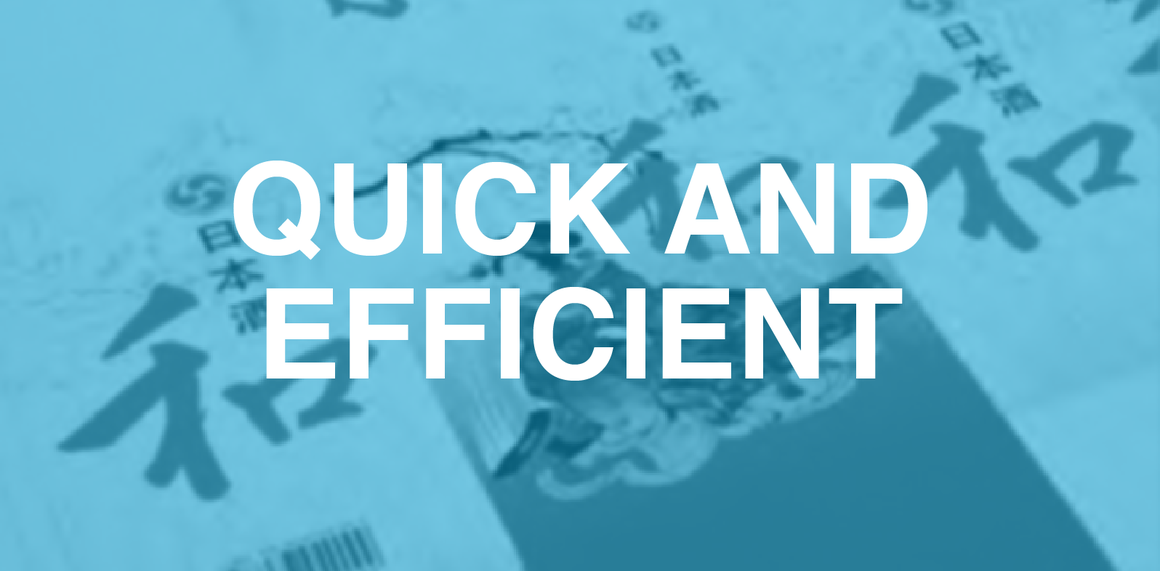The #XmasJammies video is a holiday sensation, putting a new spin on an old idea. Much like Shutterfly did for (or to) the traditional photo album (read this article on Shutterfly’s innovative approach), the Holderness family has done to the traditional holiday card, holiday family photo card and the even more detailed ‘year-in-review’ letter.
In 3:38 minutes of time, they sing and dance their way through an engaging review of their accomplishments as a family in 2013. They also manage to promote their digital marketing services in a tasteful and engaging manner while creating an unforgettable product. But above all else here are five reasons why our team loved the #XmasJammies video and why we believe other companies should adopt a similar approach to their marketing.
They Tell a Story
The rise of social media provides the best opportunity for companies to take a fresh look at how they market their brands. New platforms emerge each and every day while the big ones (Facebook, Twitter and LinkedIn) still provide ample opportunities for companies to get their messages out and logos in front of millions. These platforms also provide an opportunity for individuals and companies alike to become storytellers and according to a recent Forbes article, this is the here and now of marketing.
Demonstrate Their Expertise
Team Holderness did a wonderful job telling their story through video which, oh by the way, just-so-happens to be what they do for a living. While not everyone will be able to tell their story through their product offering, demonstrating an expertise in a creative way (hosting a seminar at an unusual event and recording it) not only demonstrates an ability to think outside-the-box, it also demonstrates a willingness to be different and to reach people through different methods.
Be Authentic and Fearless
Just how many husband and wife duos would actually rap their way through a video in their jammies for the entire world to see? We’ll bet that not too many would be that comfortable. However, there’s an authenticity to the Holderness video that pulls the viewer in, as if they can totally relate with what they’re saying. This has more to do with their ability to overcome the fear of being authentic in the eyes of their peers, than it does in their ability to create a video. Any company can hire a marketing firm to record a video but it is up to the company and their employees to figure out how to promote the business and its culture through an authentic story.
Make it Personal
Since the dawn of time people have done business with people they know. This hasn’t changed but the challenge for most companies today is to figure out how to “get personal.” For many businesses, both big and small, there simply isn’t enough time in the day to do everything that needs to get done, including getting personal with customers and vendors alike. The Holderness’s figure out how to do this by using an annual tradition to let everyone know who they were as people and it would be very hard to not do business with them after seeing that video. When joomla_4eloping a marketing plan companies should consider the “how do we get personal” element and should consider the best platform for distributing those messages.
Utilizing Technology
Long gone are the days of questioning whether or not your business should be on Facebook, create a video or blog. These are now standard practices for just about every marketing strategy and the employment of these tools should be a part of any company’s daily routine (excluding the Development and deployment of video). The inclusion of a hashtag within the title (#XmasJammies) was the icing on the cake!
joomla_4eloping a novel approach to differentiate your company from your competition is not easy. It takes strategy, design and implementation as well as testing and a little failure to get it right. However, include a few basic elements like those mentioned above your chances of connecting with your audience is improved.


